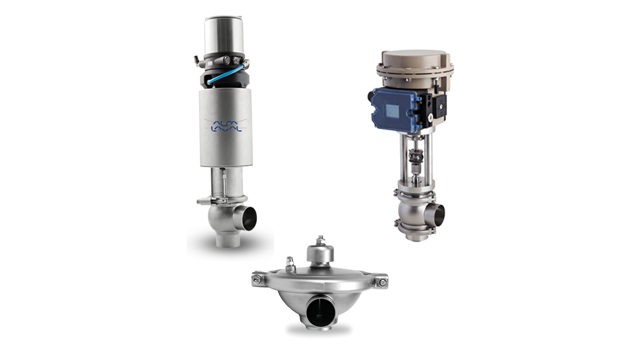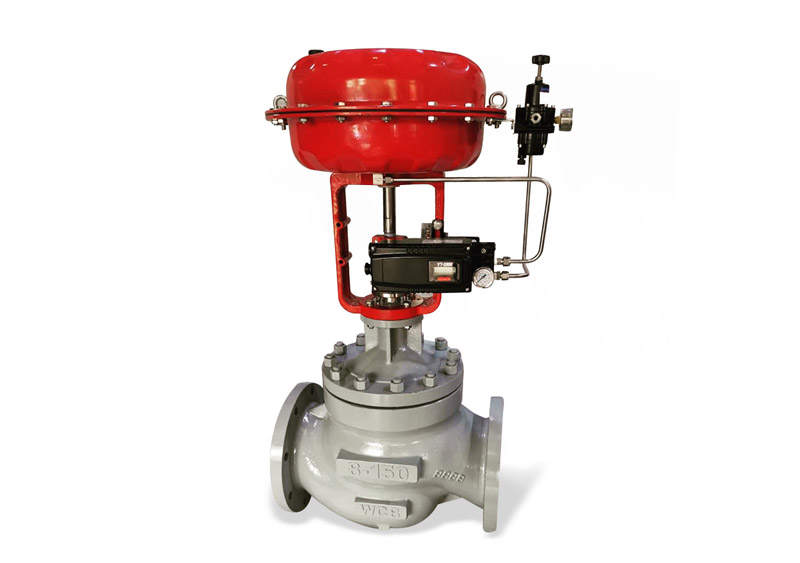Effective Control Valves: Key Parts for Reliable System Management
Effective Control Valves: Key Parts for Reliable System Management
Blog Article

Maximize Power Financial Savings and Convenience With Advanced Building Automation Controls
In the realm of contemporary style and facility monitoring, the assimilation of innovative structure automation controls stands as a crucial advancement. The merging of modern technology and sustainability has birthed a brand-new age where energy effectiveness, comfort optimization, and operational streamlining are no more remote ambitions yet achievable realities. By harnessing the power of automation, buildings can adjust, respond, and develop in manner ins which were when unbelievable. The potential for considerable energy savings and enhanced convenience is not just a possibility yet a promise waiting to be met. This standard change in structure management holds the essential to opening a globe where ecological conscientiousness and passenger well-being sympathetically exist together within the walls of our structures.
Energy Performance Perks
Energy performance advantages can considerably decrease power consumption and operational expenses in structures. By executing energy-efficient techniques and technologies, structure proprietors and operators can achieve substantial savings while also adding to ecological sustainability. Among the key benefits of enhancing power efficiency in structures is the reduction of utility expenses. Energy-efficient systems, such as advanced building automation controls, can enhance making use of sources like heating, lights, and air conditioning, leading to lower energy costs in time.
In addition, boosted power effectiveness can prolong the life-span of structure devices and systems. By operating more effectively, HVAC systems, lighting components, and other structure components experience much less wear and tear, resulting in minimized maintenance and substitute costs. In addition, energy-efficient buildings typically regulate higher property worths and rental prices, offering long-lasting monetary benefits to owners.
In addition, power effectiveness can improve resident convenience and productivity. Correctly controlled interior atmospheres with optimal illumination and thermal problems create a more pleasurable and helpful work area, leading to improved employee complete satisfaction and performance. In general, the energy performance advantages connected with advanced structure automation controls are diverse, including cost savings, environmental stewardship, and owner well-being.
Improved Convenience Control
Enhancing convenience control in structure atmospheres calls for a sophisticated combination of innovative automation systems for optimum owner health. By making use of innovative building automation controls, centers can tailor the interior environment to satisfy the certain demands and choices of residents. These systems allow specific regulation of temperature level, lighting, and ventilation, creating a effective and comfortable environment. Owner fulfillment and efficiency are closely connected to thermal convenience, making it necessary to have systems in position that can adjust to transforming conditions in real-time.
Improved comfort control goes past fundamental temperature level modifications. It includes attributes such as individualized settings, occupancy sensing units, and natural light utilization to develop a dynamic and receptive setting. By integrating these innovative controls, buildings can not only boost comfort yet additionally improve energy performance by optimizing system procedures based upon actual occupancy and Full Report use patterns. Inevitably, prioritizing passenger convenience via sophisticated automation systems brings about a more pleasurable and much healthier indoor environment.
Operational Performance Improvements

Furthermore, the implementation of real-time surveillance and analytics tools makes it possible for structure operators to recognize power inefficiencies and functional anomalies quickly. By continuously monitoring power usage patterns and system efficiency metrics, adjustments can be made in real-time to enhance energy intake and guarantee peak functional performance. control valves. In addition, integrating need reaction strategies into building automation controls can additionally enhance functional performance by dynamically changing energy usage based upon grid problems and prices signals
Indoor Climate Optimization
Reliable indoor environment optimization is a fundamental element of building automation controls, making sure occupants' comfort and health while maximizing energy cost savings. By using sophisticated sensors and controls, developing automation systems can continuously keep an eye on and readjust temperature level, humidity levels, air top quality, and air flow to develop an ideal interior setting. Maintaining comfortable and regular conditions not only enhances passenger contentment but also increases efficiency and general wellness.
Interior environment optimization additionally plays a vital function in power performance. By fine-tuning cooling, home heating, and air flow systems based upon real-time information and occupancy patterns, constructing automation controls can significantly decrease energy usage - control valves. Executing techniques such as demand-controlled air flow and thermal zoning can assist minimize power waste while making certain that each browse this site location of the structure obtains the essential conditioning.

Lasting Setting Production
Structure automation manages not just maximize interior environment problems for power effectiveness and occupant convenience however also lay the foundation for creating navigate to these guys a sustainable environment via calculated administration of resources and systems. By integrating innovative structure automation technologies, such as sensing units, actuators, and smart software application, centers can check and adjust energy usage in real-time to decrease waste and minimize their carbon impact. These systems enable predictive maintenance, identifying possible issues before they intensify and enhancing tools efficiency to enhance long life and performance.
Furthermore, sustainable atmosphere development extends beyond power management to include water preservation, waste decrease, and interior air quality improvement. Building automation controls can control water use, detect leakages, and make sure proper garbage disposal techniques, adding to general sustainability initiatives. In addition, by keeping track of and regulating air flow and filtering systems, these innovations boost occupant health and efficiency while lowering power intake related to cooling and heating procedures.
Conclusion
In final thought, advanced building automation manages offer considerable advantages in regards to energy cost savings, convenience control, operational performance, interior climate optimization, and developing a sustainable atmosphere. By executing these controls, structures can achieve optimum performance while decreasing power intake and boosting passenger comfort. It appears that the use of innovative automation modern technology is essential in enhancing building performance and producing an extra sustainable future.
Energy efficiency benefits can substantially lower energy intake and operational expenses in buildings. On the whole, the power effectiveness benefits associated with innovative structure automation controls are complex, including expense savings, ecological stewardship, and owner well-being.
In addition, integrating demand response strategies into structure automation controls can additionally boost functional efficiency by dynamically readjusting power usage based on grid conditions and pricing signals.
Building automation controls not only enhance interior environment problems for energy efficiency and owner comfort however additionally lay the foundation for creating a lasting environment through tactical monitoring of systems and sources.In verdict, progressed structure automation controls offer considerable benefits in terms of power financial savings, comfort control, operational efficiency, indoor environment optimization, and developing a lasting environment.
Report this page